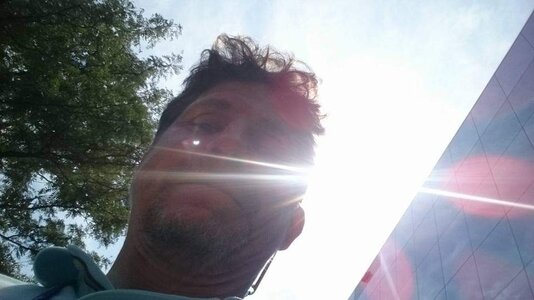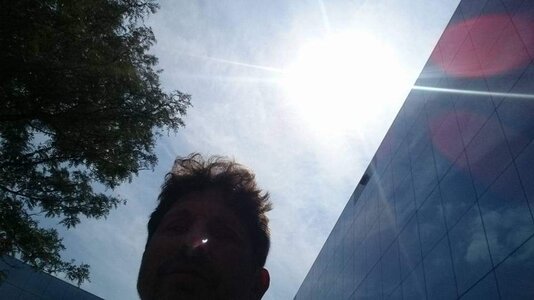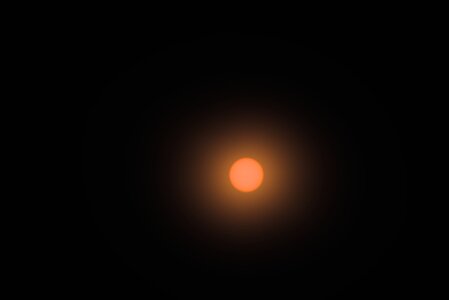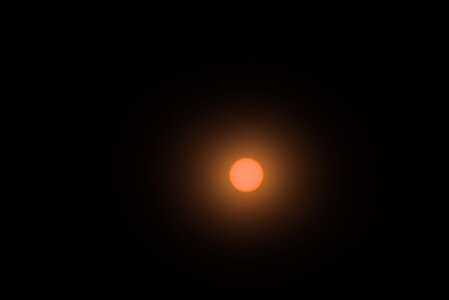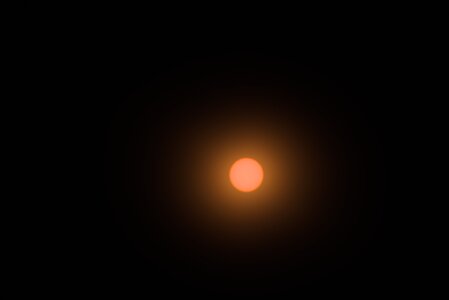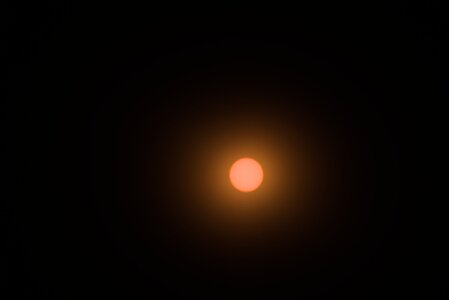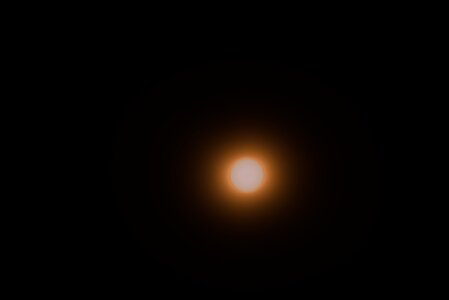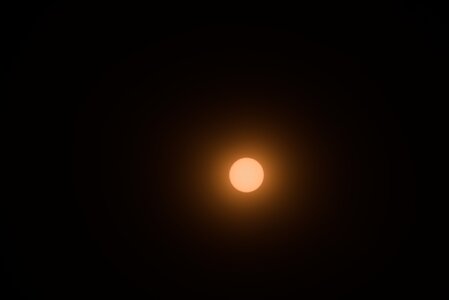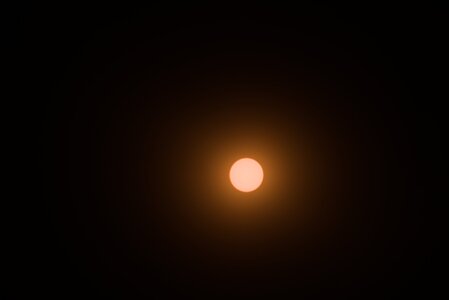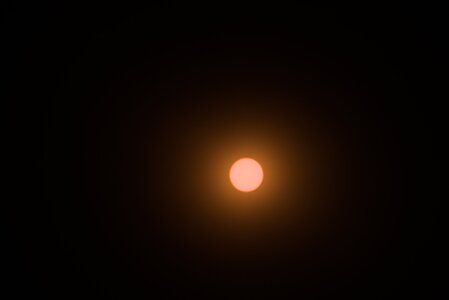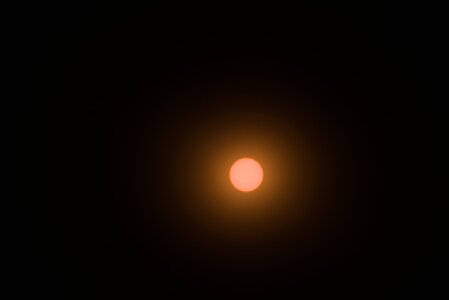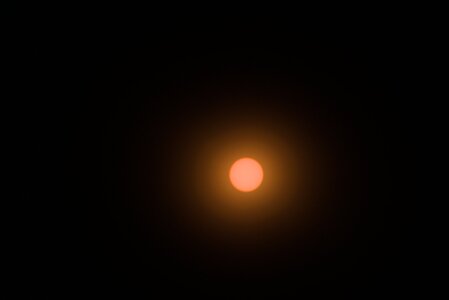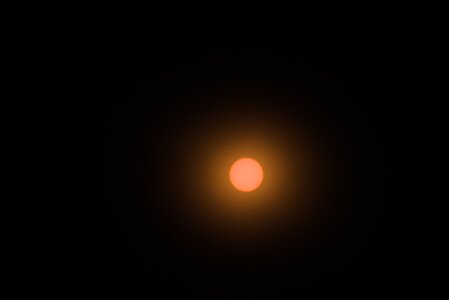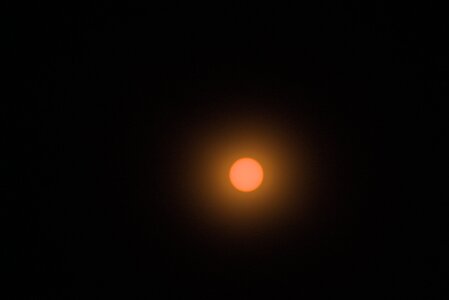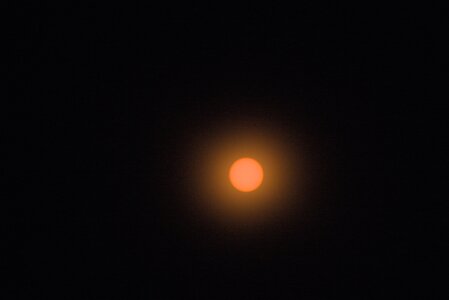genesiusj
Active Member
- Followers
- 0
- Following
- 0
- Joined
- Mar 25, 2024
- Posts
- 46
- Likes Received
- 15
- Trophy Points
- 8
- Name
- Genesius Jaromsky
Hello,
As some might have read in my earlier posts, I am driving to Lake Ontario and will be in the path of totality for the solar eclipse this Monday. There are so many resources out there on settings, and I have finally decided to settle on this resource, Partial eclipse (2), (I created the below pic for the different phases of the eclipse).
I am confused by this statement as I just started attempting bracketing a week ago.
If I am going to bracket, I'm not sure why article directs me to Fred Espenak's exposure table, in order to figure out metering mode and shutter speed.
The green rows I'm definitely going to shoot. The orange sounds like something real cool to shoot. The red might take too long to change settings for. I don't want to miss "seeing" this event.

Any thoughts?
Thanks in advance and God bless,
Genesius
BTW, are there any other members who will shooting the eclipse on Monday?
As some might have read in my earlier posts, I am driving to Lake Ontario and will be in the path of totality for the solar eclipse this Monday. There are so many resources out there on settings, and I have finally decided to settle on this resource, Partial eclipse (2), (I created the below pic for the different phases of the eclipse).
I am confused by this statement as I just started attempting bracketing a week ago.
- "Bracketing: To make sure you're getting at least one photo correctly exposed, bracket your exposure starting with a base shutter speed of 1/500s. For this photo I used an exposure bracketing of 3 stops."
- How many shots within the bracketing? 3 or 5 or 9? I'm 9 would be best to cover a larger range and capture both details and shadows.
- Does this mean 3 stops between each shot? If 3 between each, that is a HUGE range over 9 shots.
- White balance: Manual. Nevertheless, you can always correct it in post-processing. In this photo I used a warm white balance (7460K) to capture the colors of the Sun through the Baader solar filter, which produces a neutral dominant (white).
- I'm using a DayStar solar filter (produces a yellow color); therefore, what white balance should I use? BTW, I am also a newbie with DarkTable (correcting white balance I have attempted yet).
If I am going to bracket, I'm not sure why article directs me to Fred Espenak's exposure table, in order to figure out metering mode and shutter speed.
The green rows I'm definitely going to shoot. The orange sounds like something real cool to shoot. The red might take too long to change settings for. I don't want to miss "seeing" this event.
Any thoughts?
Thanks in advance and God bless,
Genesius
BTW, are there any other members who will shooting the eclipse on Monday?

